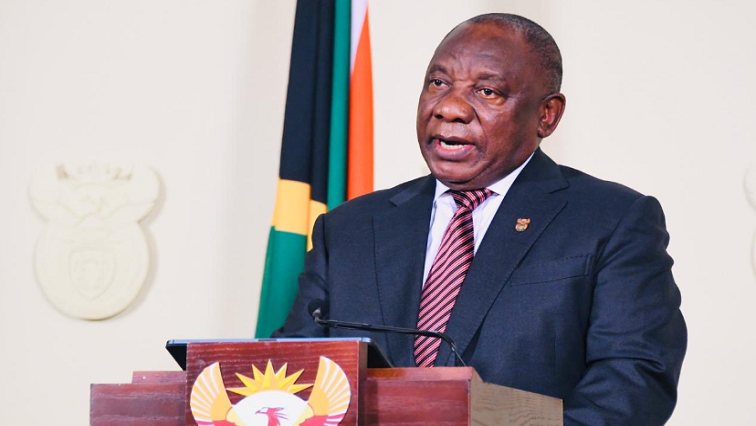As of today, South Africa has recorded more than half a million confirmed cases of the coronavirus.
According to the Presidency, of the cumulative total of 503 290 cases, 342 461 people have already recovered and 152 676 cases are currently active. The death toll has climbed to 8 153.
“The global coronavirus pandemic is the most serious public health crisis that the world has faced in over a century. On every continent, nations have struggled to contain the spread of the virus and to contend with its effects. In our own country, 8 153 people are known to have lost their lives, and the actual number of deaths due to the virus is likely to exceed this figure. We deeply mourn this loss and offer our sympathies to the families and friends who are in grief,” President Cyril Ramaphosa says in a statement.
#COVID19 Statistics in SA as at 01 August. pic.twitter.com/y0sXLD6I2u
— Dr Zweli Mkhize (@DrZweliMkhize) August 1, 2020
Promising signs in rate of transmission
The Presidency says after a rapid rise in infections over the last two months, the daily increase in infections appears to be stabilising, particularly in the Western Cape, Gauteng and Eastern Cape.
“While it may be too soon to draw firm conclusions, this suggests that the prevention measures that South Africans have implemented are having an effect. Our recovery rate is currently around 68%. Our case fatality rate – which is the number of deaths as a proportion of confirmed cases – remains at 1.6%, significantly lower than the global average.”
Government has expressed gratitude for the low mortality rate in the country.
“While South Africa has the fifth highest number of total COVID-19 cases globally, we have only the 36th highest number of deaths as a proportion of the population. For this, we are grateful to the work of our health professionals and the innovative treatments they have pioneered. Before the advent of the epidemic in South Africa, government set in motion a strategy to respond swiftly and comprehensively to protect as many lives as possible.”
It is crediting the hard lockdown for delaying the spread of the virus by more than two months, “preventing a sudden and uncontrolled increase in infections in late March.”
The Presidency adds: “Had South Africans not acted together to prevent this outcome, our health system would have been overwhelmed in every province. This would have resulted in a dramatic loss of life.”
As the nation prepares itself for a peak in infections, government says additional facilities, equipment and personnel are being deployed in provinces still experiencing an increase in infections.
“During this month, the National Ventilator Project will deliver 20 000 locally-produced, non-invasive ventilators to where they are most needed. A dedicated team drawn from several institutions, led by the Biovac Institute, is preparing to manufacture doses of a successful vaccine locally.”
Government says it is in a race to fix the logistical and other problems that have led to a shortage of personal protective equipment for health workers and other frontline staff in several parts of the country.
“We have empowered our law enforcement to investigate all reports of alleged corruption and irregularities in the procurement of medical and other supplies. It is unconscionable that there are people who may be using this health crisis to unlawfully enrich themselves.”
In the video below, the call for all companies awarded with COVID-19 tenders to be published welcomed:
The Presidency is urging South Africans to continue to work together to reduce the number of new infections.
“We must maintain our vigilance until we have no more coronavirus cases in our country. If we do not do so, there is the risk of a resurgence in those areas where the virus has now begun to stabilise. Above all, we need to continue to follow prevention measures to reduce the rate of infection and flatten the curve. By wearing a mask correctly, keeping a distance of two metres from other people, and washing our hands regularly, we can protect ourselves, our families, friends, co-workers, fellow commuters and neighbours”


